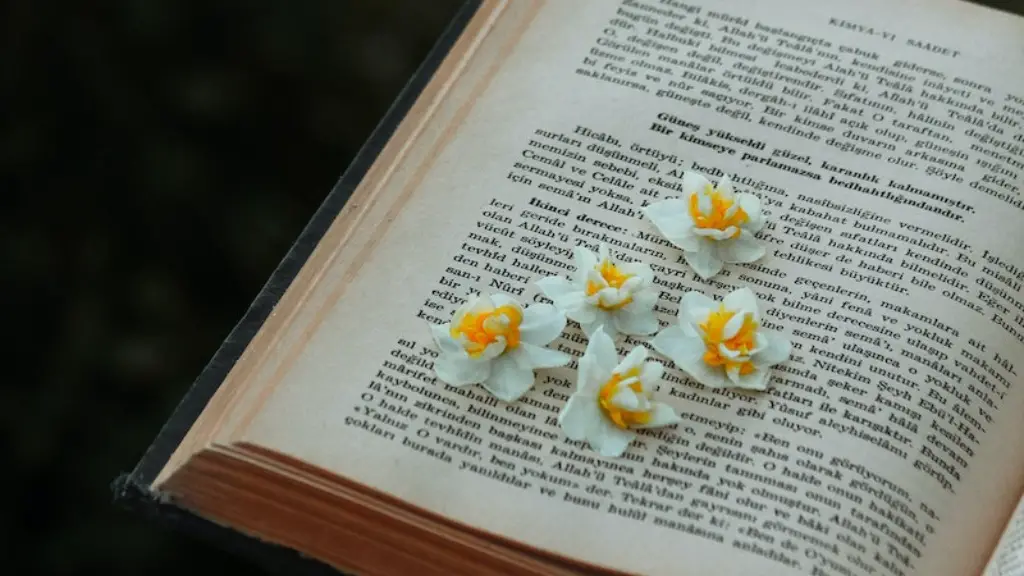Types of Poetry
Poetry is a timeless art form with many different varieties to explore and uncover. In the classroom, teaching a variety of strands from ancient epics to modern sonnets is essential to exposing your students to diverse approaches and styles. Classic epic poetry, for example, is story-based with often intricate and imaginative characters. Limericks, on the other hand, are usually used for comedic effect with a focus on truncated humor. Then there’s the emotional beauty of a sonnet and the raw power of spoken word, two equally valid forms which encapsulate various moods and atmospheres. No matter which form you choose to teach, it’s important to recognize a student’s individual interests, strengths, and styles when introducing them to poetry.
Getting Started
When introducing the concept of poetry to students, age appropriate materials are very important. Younger students should start with basic nursery rhymes and songs they already know, such as ‘Twinkle Twinkle Little Star’, to inspire them to create their own pieces. As students become more familiar with notation and punctuation, they can move onto more complex forms such as haikus, sonnets and ballads. For older students, it’s wise to work through renowned examples of all the different genres to spark their imaginations and identify meaningful connections between the language of poetry and the world around them.
Engagement
Engaging students with poetry requires a certain level of enthusiasm and energy from the teachers. Using props and materials such as word clouds, images, props and creative writing prompts are excellent ways to increase student engagement. Alternatively, connecting poetry to other topics such as history and geography can be very helpful in stimulating student imagination. For example, don’t be afraid to assign a creative writing task, such as creating a poem about a historical period. Mixing up activities with a variety of stimulations to work with can go a long way in motivating and inspiring your students.
Orchestrate Competitions
Motivating students to write poetry in the classroom can often involve a bit of ‘gamification’. This means assigning tasks that bring the competitive aspect of learning to the foreground. For example, a poetry haiku competition for the entire classroom can mingle creativity with strategic thinking and teamwork. This type of activity is not only incredibly engaging but also facilitates wonderful learning experiences for your students.
Provide Constructive Feedback
No matter what styles of poetry you’re teaching, it’s important to provide constructive feedback when students showcase their work. This doesn’t mean being overly critical or forcing students to conform to your vision. Instead, be encouraging, provide concrete direction and highlight key aspects where improvement can be made. By doing this you’re providing a safe and secure environment for creative exploration and experimentation.
The Importance of Expression
When teaching poetry in the classroom, it’s essential to emphasize the importance of expression and feeling. Students should be encouraged to use personal experiences and inspirations to inform their work- this makes for far more meaningful and emotive pieces of poetry. They should be taught that it’s okay to be honest and open in their work and that it’s perfectly acceptable to ‘break the rules’ of form and structure.
Creating Resources
Creating resources to support your lessons is a great way to give students autonomy and help them learn independently. These resources may involve creating a database of poems or writing assignments, or even creating a weekly newsletter based around student achievements and upcoming events. Investing in extra learning materials like textbooks and dictionaries is also a great way to enhance student learning and help them empower themselves in different ways.
Connecting With Audiences
When teaching poetry in the classroom, one of the most important things you can show your students is how to effectively connect with an audience- be it live or virtual. This is where creating an environment of self evidence and constructive feedback from peers comes in. Building a blog, writing for a magazine or simply posting online can create invaluable opportunities for student writers to connect with diverse audiences and strengthen their work.
Developing a Poetry Portfolio
Developing a portfolio of work for each student can help record their progress, performance and track their growth as a writer. It’s also a great tool to reflect upon and can serve as a helpful reminder of certain topics and writing traits to review and revisit. That way, the students can continuously build upon the knowledge and experiences they earned in class.
Assessing Students
When assessing students, it’s important to keep in mind that each paper should be considered as one part of an entire body of work. Look for key themes and patterns in their writing- are they expressing themselves with increasing confidence? Do they demonstrate improved writing abilities? Are they pushing the boundaries of structure and form to create interesting pieces of poetry? Assessing students on their strengths and improvements instead of strict grading criteria can provide a simpler, more constructive approach to learning.
Educating Students About Poetry History
Exploring the history of poetry is an incredibly valuable exercise for both teachers and students. Analyzing contemporary works from different perspectives and understanding how certain styles of writing evolved over time can be a very enlightening experience. Dedicate a class or two to exploring the stories and symbols associated with certain poems, discuss famous poets and works from the past, and provide crucial historical context to the works you’re teaching. This will deepen student understanding in purpose and history, and offer them greater insight into the form and structure of various popular poems and their impact on society.
Utilizing Technology
Utilizing technology in the classroom is an effective way to engage students and encourage creative exploration. Incorporating technology in the classroom can start with something as simple as introducing iPads and laptops to take notes, and then go all the way to integrating sophisticated tools like software programs and online tools for co-creation and collaboration. Even when teaching a classic poem like Shakespeare’s ‘Romeo and Juliet’, don’t be afraid to get creative with tech tools and digital media networks to enhance student learning and overall engagement.
Using Drama and Theatre
Using dramatic techniques and theatrical performances are not only excellent ways to explore poetry, but they’re also a lot of fun too. Performing a classic piece such as ‘Tyger Tyger, Burning Bright’ by William Blake or ‘The Jabberwocky’ by Lewis Carroll can give students the opportunity to breathe life into a poem and gain a better understanding of its meaning and composition. This is especially beneficial when introducing new material, as it creates a unique learning experience emphasizing the importance of rhythm, dialect and intonation in language.
Last, but certainly not least, don’t forget to encourage your students to share their poems and compositions with friends, family and the world. Creating a supportive and accepting environment is key to building student confidence and allowing them to express themselves more freely. As stated by the United Nations Educational, Scientific, and Cultural Organization (UNESCO): “Poetry is an art form that allows people to express their thoughts and feelings through the written word. It has the power to reach and connect audiences of all backgrounds, ages and interests.”



